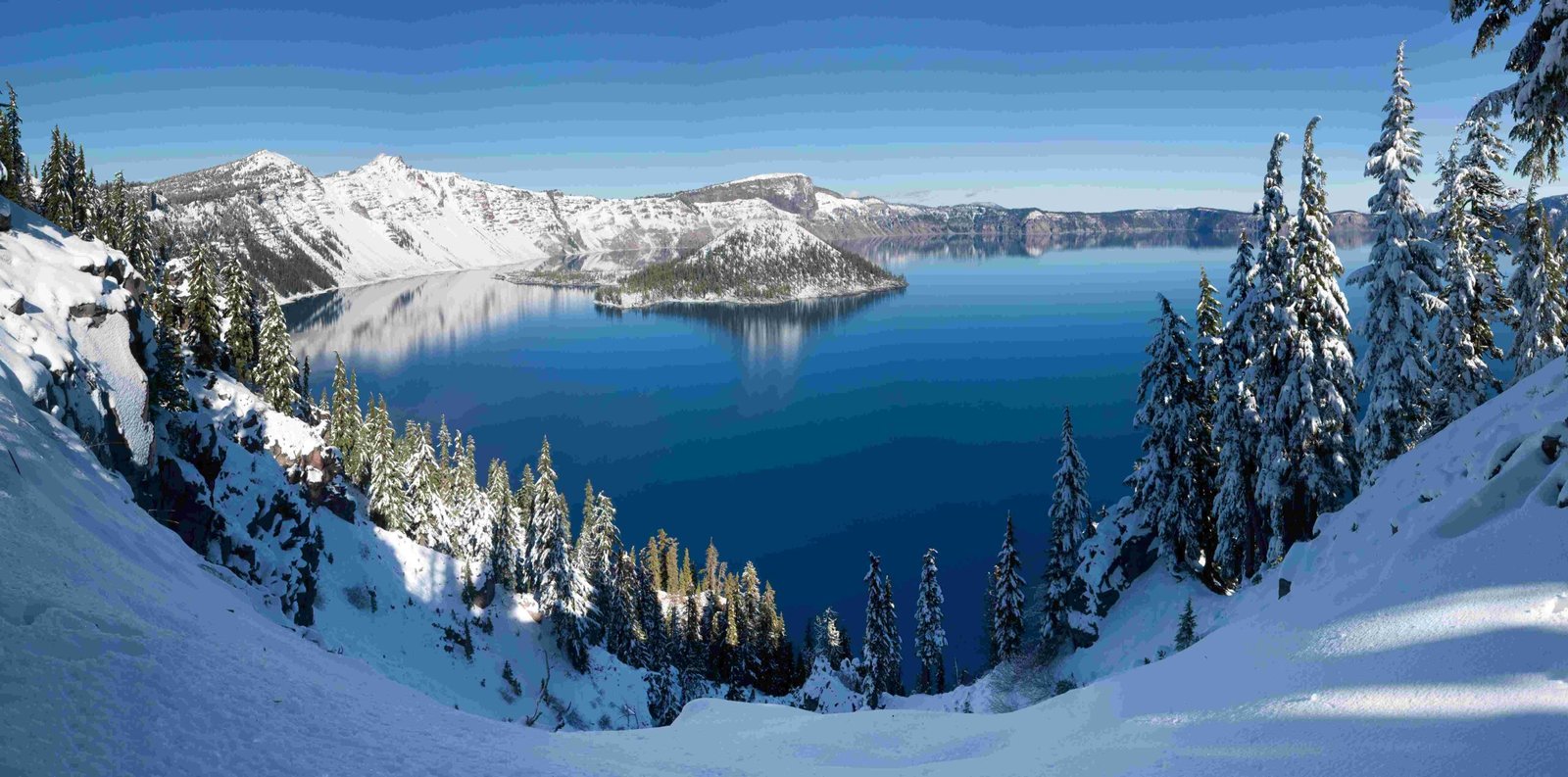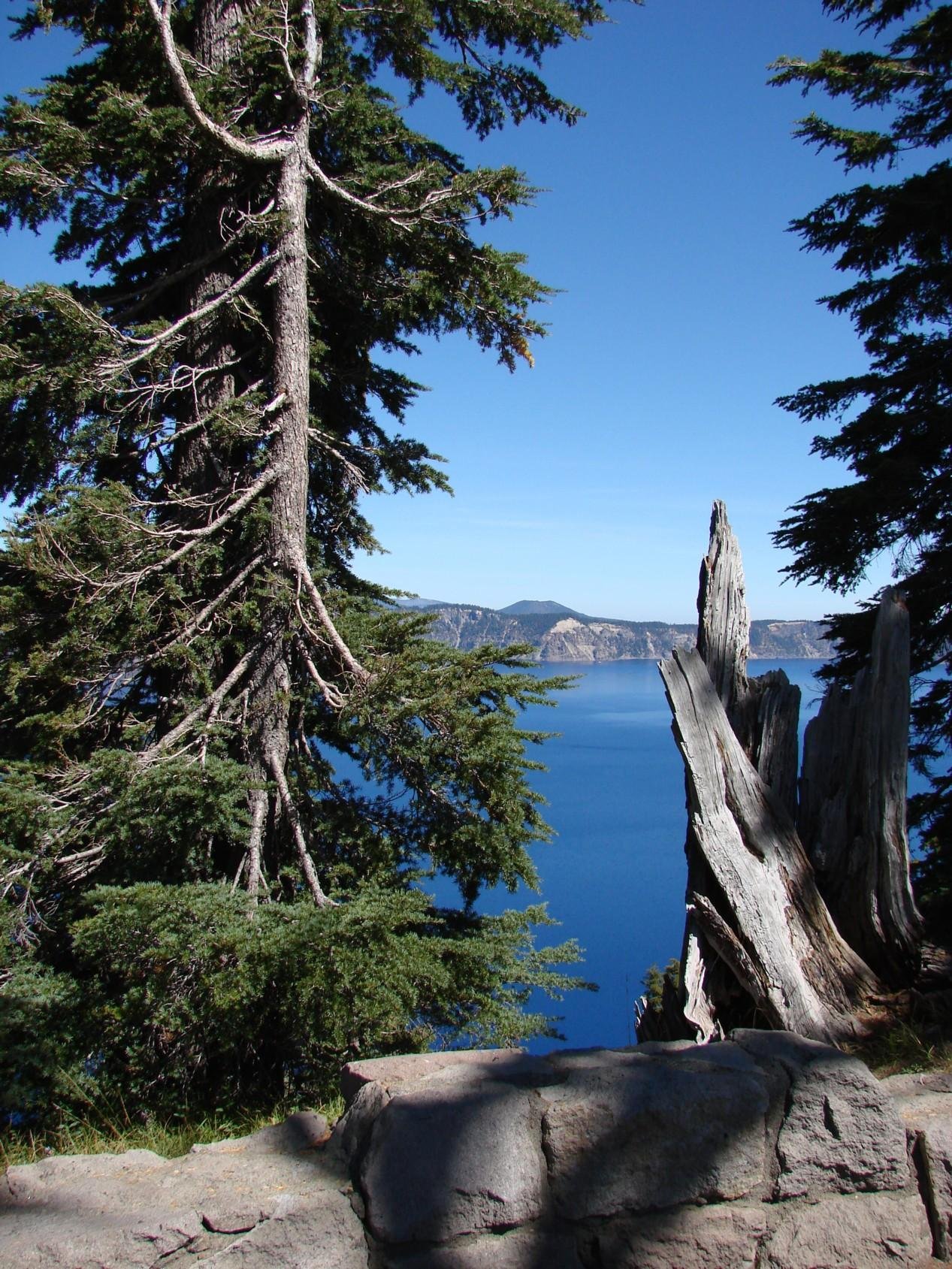Crater Lake swimming rules are designed to ensure visitor safety and protect the pristine ecosystem. Swimming is permitted only in designated areas near Cleetwood Cove and Wizard Island. Strict regulations prohibit the use of swimming accessories, SCUBA diving, and snorkeling. Visitors must adhere to safety guidelines, including maintaining distance from boats and docks. The lake’s cold temperatures and limited accessibility via a steep trail present unique challenges for swimmers.
What Are the Permitted Swimming Areas at Crater Lake?

Crater Lake’s swimming regulations are specific and limited to ensure both visitor safety and environmental preservation. Here are the key points regarding permitted swimming areas:
- Swimming is allowed within 100 yards of Cleetwood Cove
- Swimming is permitted within 100 yards of Wizard Island
- Swimmers must maintain a minimum distance of 50 feet from any boat, boat dock, or buoy
These restrictions are in place to protect swimmers from boat traffic and to preserve the lake’s delicate ecosystem. It’s crucial for visitors to respect these boundaries to ensure a safe and enjoyable experience for all.
What Safety Guidelines Must Swimmers Follow?

Safety is paramount when swimming in Crater Lake. The National Park Service has established several guidelines to protect swimmers:
- Immediate exit from water when boats approach, moor, or depart from docks
- Prohibition of swimming or wading within 50 feet of boats, docks, or buoys (exception: swimming from Wizard Island’s public boat dock when not in use by park boats)
- Ban on swimming accessories beyond standard swimwear (no wetsuits, masks, fins, towable devices, inflatable tubes/mattresses)
- No SCUBA diving or snorkeling allowed to prevent introduction of non-native or invasive species
Adhering to these rules not only ensures personal safety but also helps maintain the lake’s pristine condition for future generations.
How Cold is Crater Lake’s Water?
Crater Lake’s water temperature varies significantly, presenting a unique challenge for swimmers. Here’s a breakdown of the temperature ranges:
| Depth | Temperature Range |
|---|---|
| Surface | 32°F (0°C) to 66°F (19°C) |
| Summer Surface | 50°F (10°C) to 60°F (16°C) |
| Below 260 feet | Near 38°F (3°C) year-round |
The lake’s surface rarely freezes in winter due to its large heat content and windy conditions. These cold temperatures make swimming a bracing experience, even in summer months. Visitors should be prepared for the shock of cold water and limit their time in the lake to avoid hypothermia.
How Can Visitors Access the Swimming Areas?
Accessing Crater Lake for swimming presents a unique challenge:
- The only legal access point is via the Cleetwood Cove Trail
- This trail is a steep 2-mile round trip with a 700-foot elevation change
- The trail is typically open from late June to early September, depending on snow conditions
Visitors should be prepared for a strenuous hike both down to the lake and back up. It’s essential to bring appropriate footwear, water, and snacks for the journey. The limited accessibility underscores the importance of planning ahead and being physically prepared for the experience.
What Facilities Are Available for Swimmers?
Swimmers at Crater Lake should be aware that facilities are minimal:
- No dedicated changing rooms or showers
- Limited restroom facilities at the trailhead
- No lifeguards on duty
Given these limitations, swimmers should come prepared with:
- Towels
- Dry clothes for after swimming
- Water and snacks
- Sun protection (sunscreen, hats, sunglasses)
The lack of amenities emphasizes the need for self-sufficiency and careful planning when visiting Crater Lake for swimming.
Are There Any Costs Associated with Swimming at Crater Lake?
While swimming itself is free, there are some associated costs to consider:
- Park entrance fee (required to access Crater Lake National Park)
- Optional boat tours to Wizard Island (require reservation and additional fee)
- Parking fees at the Cleetwood Cove trailhead (if applicable)
It’s important to note that the boat tours, while not necessary for swimming, can provide a unique perspective of the lake and access to Wizard Island. However, these tours fill up quickly, especially during peak season, so advance booking is recommended.
What Should Visitors Know About the Environmental Impact of Swimming?
Swimming in Crater Lake comes with a responsibility to protect its unique ecosystem:
- The lake’s water is among the clearest and purest in the world
- No foreign substances (including sunscreen) should enter the water
- Visitors must practice ‘Leave No Trace’ principles
To minimize impact:
- Rinse off before entering the water
- Use biodegradable, eco-friendly sunscreen
- Do not bring any food or drinks to the water’s edge
- Pack out all trash and personal belongings
By following these guidelines, swimmers can help preserve Crater Lake’s pristine condition for future generations.
How Can Swimmers Stay Safe in Crater Lake’s Unique Environment?
Given Crater Lake’s remote location and cold waters, safety should be a top priority:
- Never swim alone
- Be aware of your physical limitations in cold water
- Watch for signs of hypothermia (shivering, confusion, loss of coordination)
- Bring a whistle or other signaling device in case of emergency
- Inform someone of your plans before hiking down to the lake
Remember, there are no lifeguards on duty, and emergency services may take time to reach the lake shore. Responsible swimming and adherence to park rules are crucial for a safe experience.
What is the Best Time of Year for Swimming in Crater Lake?
The optimal time for swimming in Crater Lake is limited:
- Late June to early September (weather permitting)
- July and August typically offer the warmest water temperatures
- Early morning swims may be colder but offer calmer water conditions
Visitors should check the Crater Lake National Park website for current conditions and trail openings before planning their trip. The short season and variable weather underscore the importance of flexibility and advance planning for those hoping to swim in the lake.
By adhering to these Crater Lake swimming rules and guidelines, visitors can enjoy a safe and memorable experience in one of America’s most stunning natural wonders. Remember to respect the environment, prepare adequately for the cold water and strenuous hike, and always prioritize safety in this unique and challenging setting.
References:
1. Diving – Crater Lake Institute – Enhancing the Visitors Experience
2. Superintendent’s Compendium – Crater Lake National Park
3. Yes, You Can Swim in Crater Lake. Here’s How.

